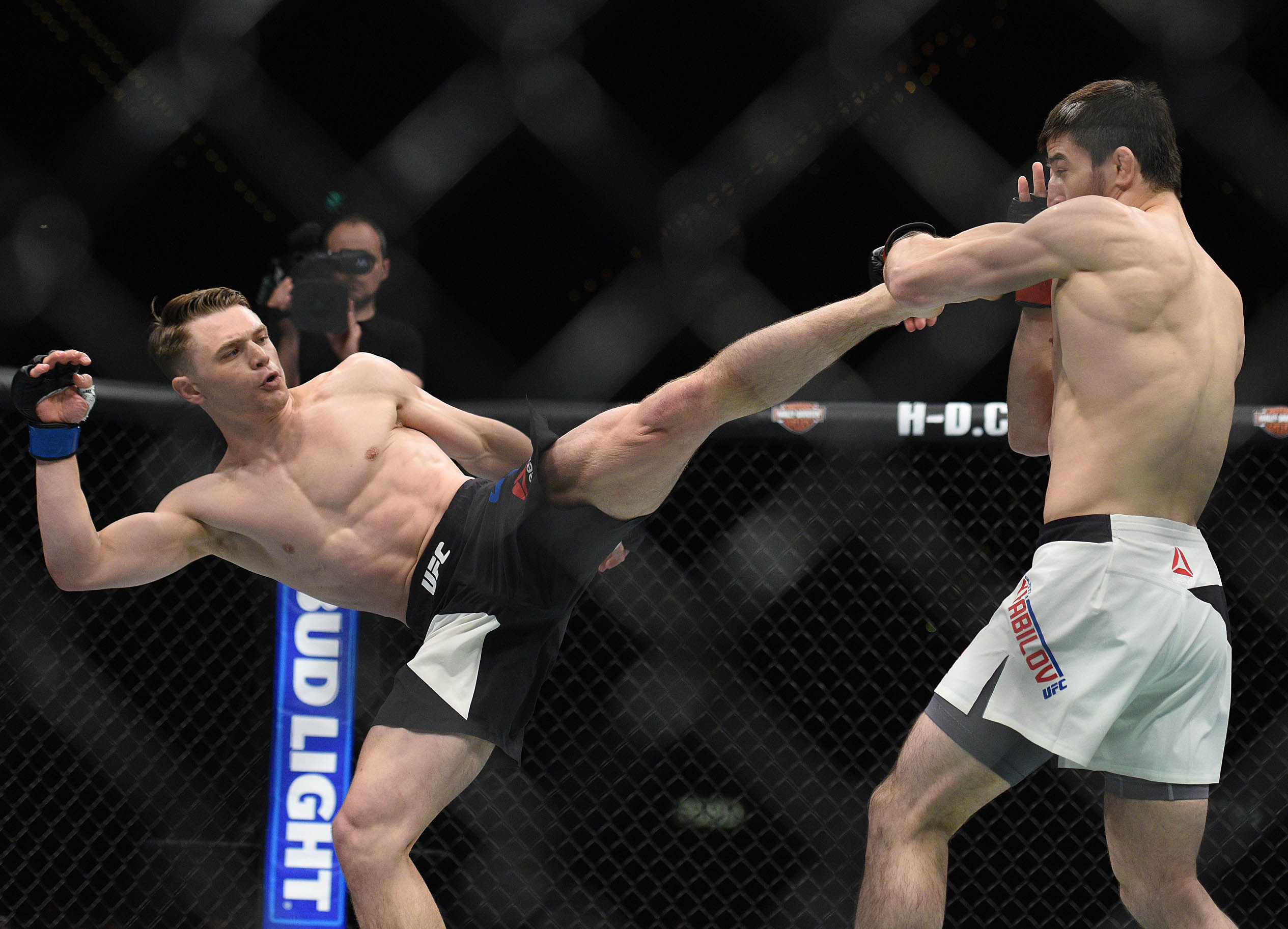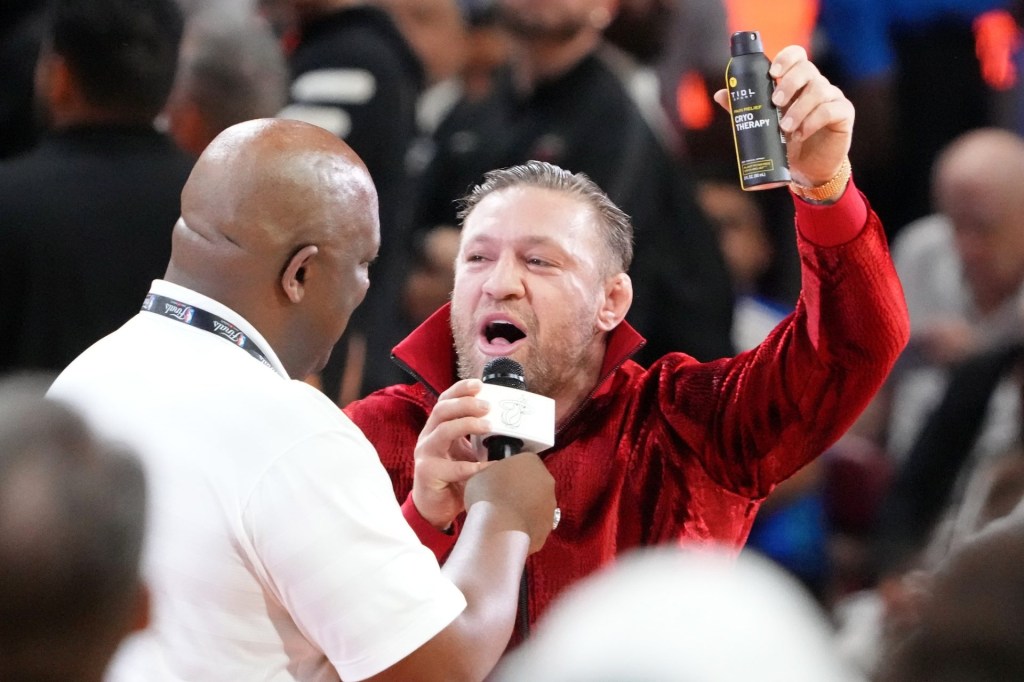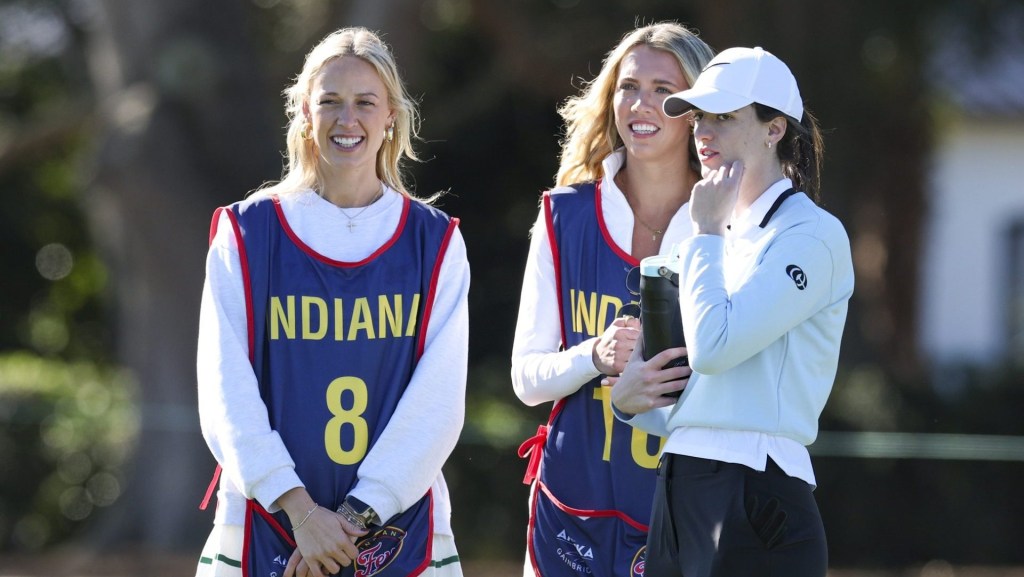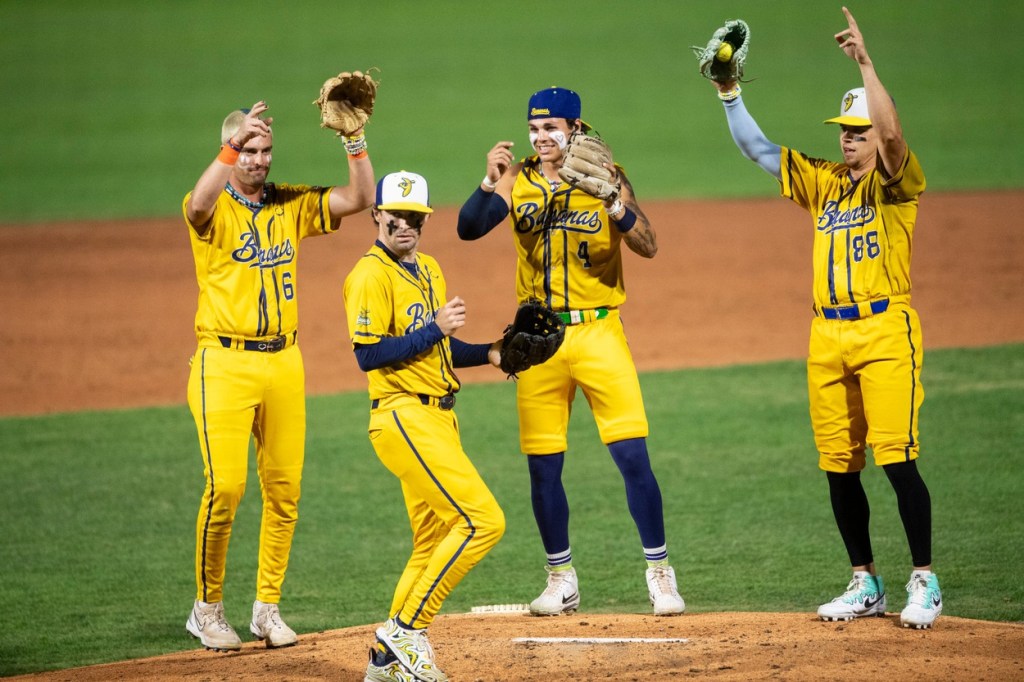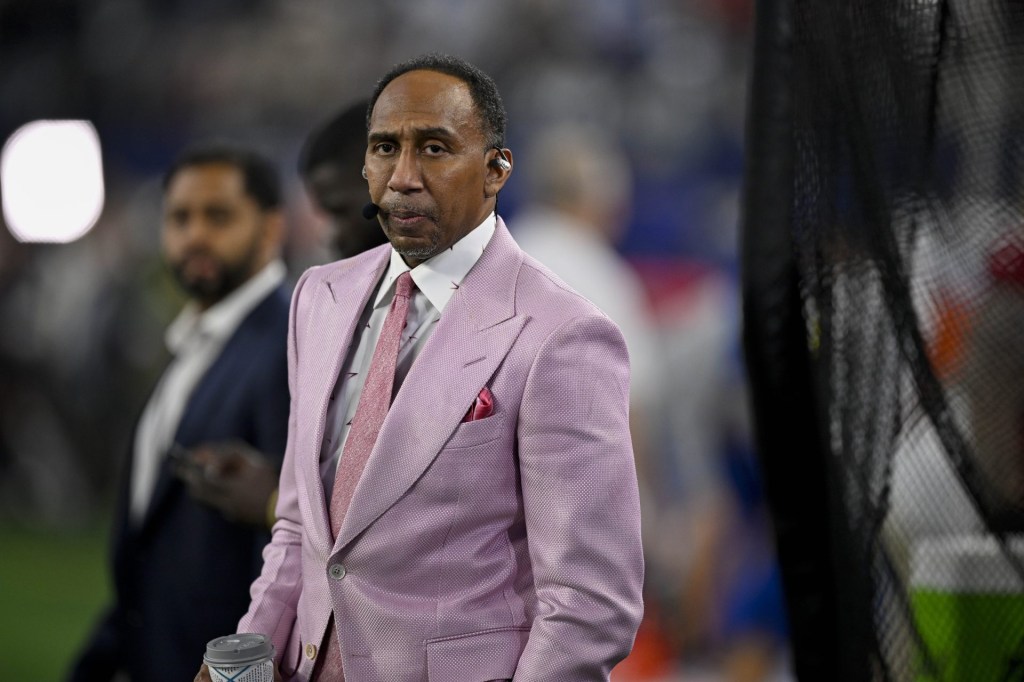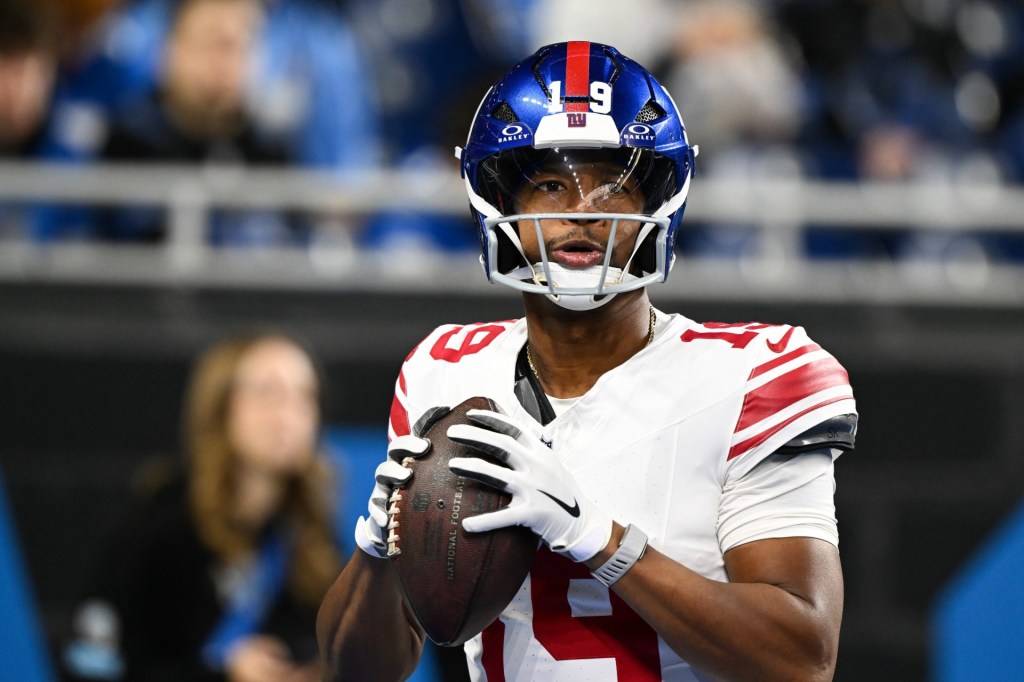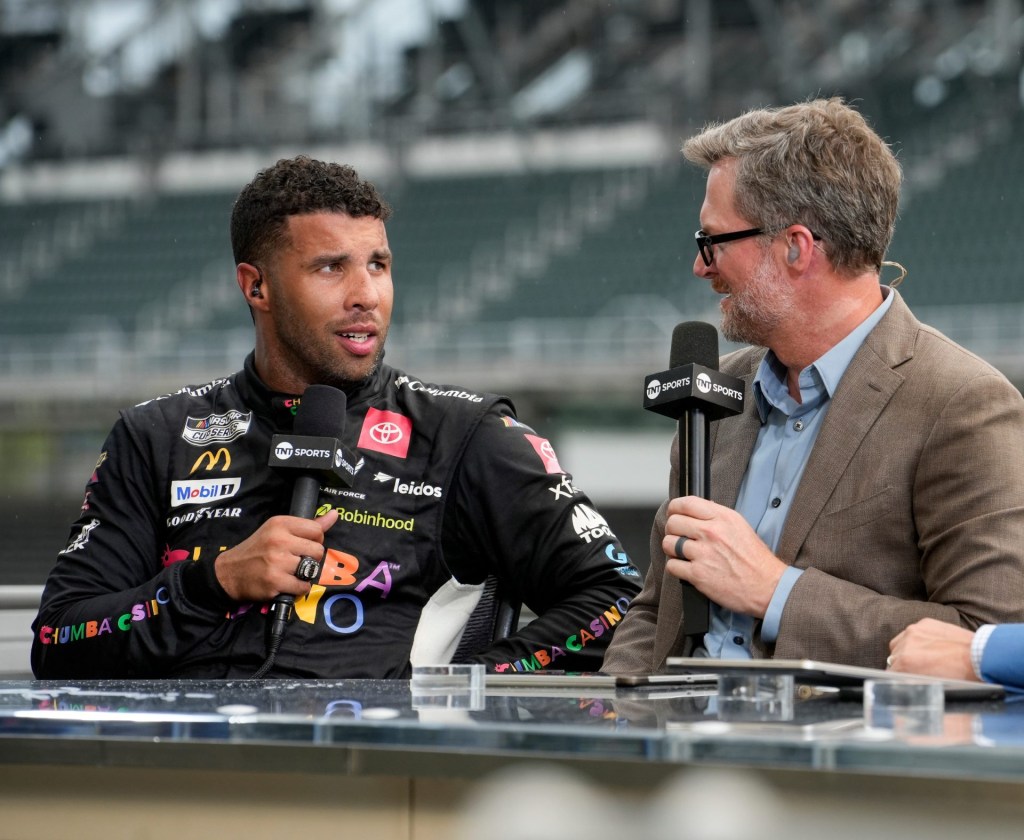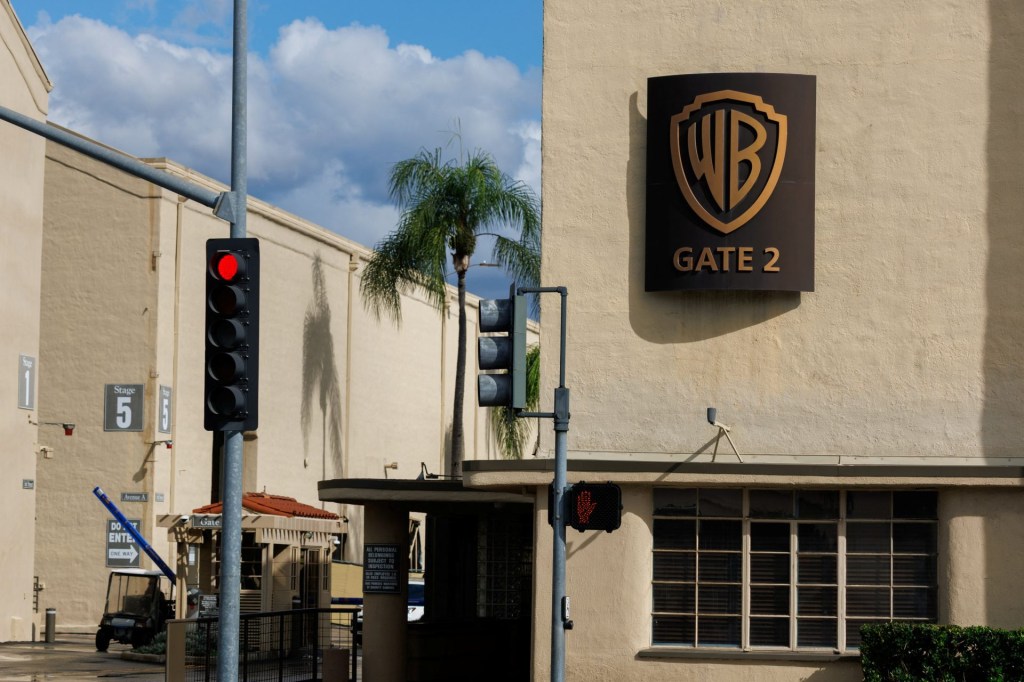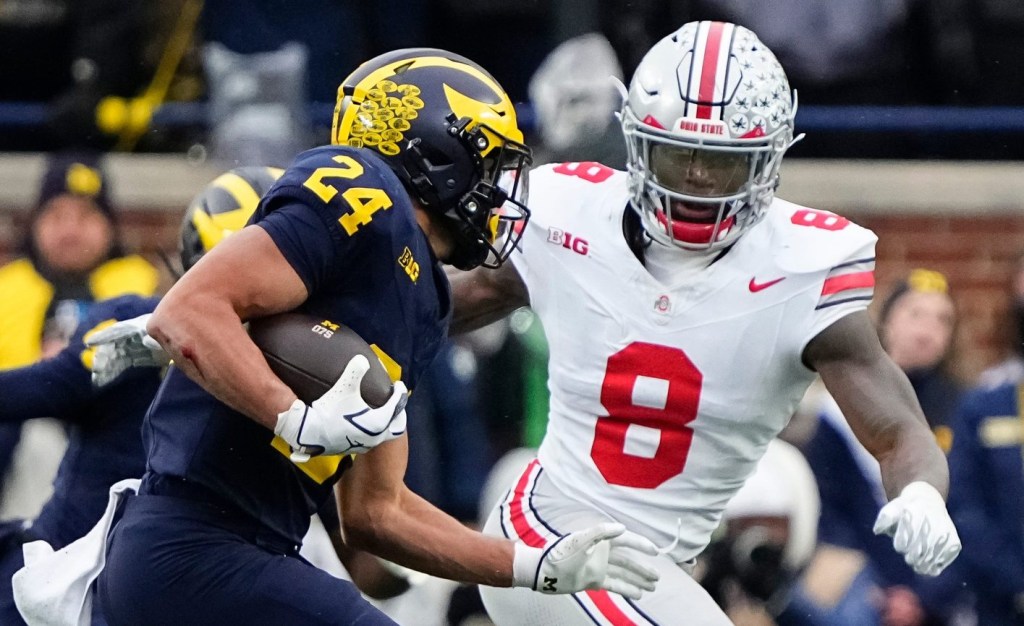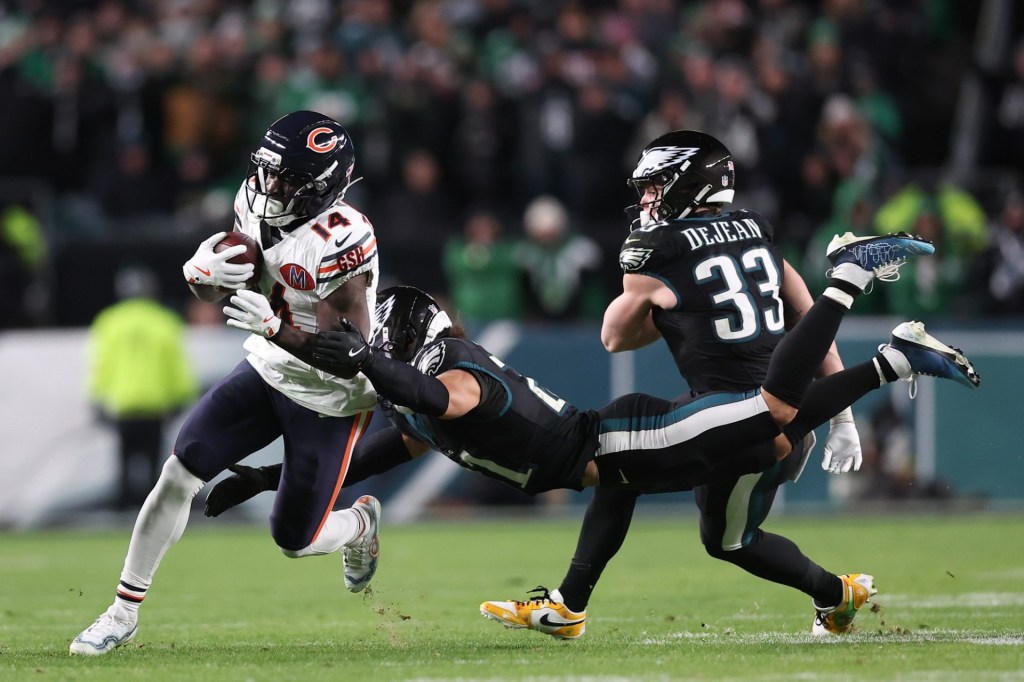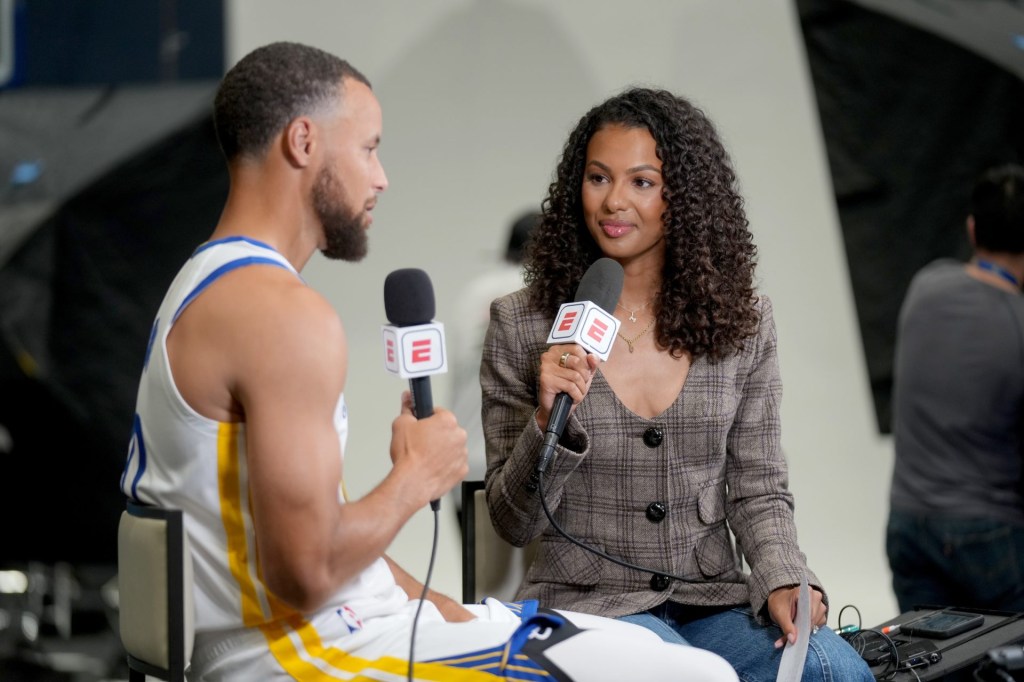While seemingly all professional sports leagues and properties are looking for unique ways to salvage this year in some way, the Professional Fighters League has decided to focus on 2021.
After the PFL initially put its second season on hold in March, the MMA league officially pulled the plug in late April. While the PFL remains optimistic for one-off events outside of its standard season format in the fourth quarter of the year, the organization is using this hiatus as an opportunity to put a major focus on its original content.
The PFL is amplifying its content efforts through the newly launched PFL Studios. The venture, which is being done in conjunction with ESPN, aims to provide new content for both TV and digital and mobile media. ESPN has already signed onto broadcast four original series in 2020, one of which being The Randy Couture Story, a six-episode docuseries on the former MMA star and current PFL broadcaster.
By PFL CEO Peter Murray’s estimation, the league currently has more than 20 other productions in development.
“After two years, it’s the time to commit more resources to the company and to expand storytelling across television, digital, and mobile,” Murray said.
The league is prepping the June debut of Fantastic Finishes, a seven-episode series on the best knockouts and submissions across the league’s six weight classes. It will be followed with the release of Inside The Season, which is a ten-part series that provides fans an inside look into the PFL’s 2019 season, featuring unseen footage ranging from locker-room access to commentary from journalists and announcers.
In September, the PFL plans on rolling out The Randy Couture Story as well as A Champion’s Journey, which will follow fighters like Kayla Harrison, Lance Palmer, and Ray Cooper III during their road to the championship. The PFL will turn to George Greenberg, a former exec at Fox Sports, to oversee the league’s long-form series. “The PFL unique sports-season format is designed to create stars, and we’re excited to showcase the emotional and physical journeys of our incredible athletes,” Greenberg said in a statement.
Despite shutting down its 2020 season, both Murray and Daniel Ghosh-Roy, PFL chief digital officer, are confident in how the league has grown since its inaugural season in 2018. According to the league, its championship TV ratings have risen by 95% year-over-year, with 2019 numbers in the United States up 50% compared to 2018.
READ MORE: Office Hours: Donn Davis on The Business of MMA
The season-ending 2019 PFL Championship drew 361,000 viewers on ESPN2 on New Year’s Eve. This is roughly 76% higher than the 204,000 viewers on NBC Sports Network during the 2018 show.
Ghosh-Ray has been impressed by both the PFL’s short and long-term success on social media. The league says that its digital audience – where 70% are 18-34 – has grown 30% year-over-year. In 2019 alone, total social media engagements grew by 200% across the PFL’s various platforms.
Even without live events in April and May, the league saw its social media engagement rise 386% year-over-year. April and May also saw a 390% bump in video views during the same stretch.
“We don’t look at it as we’re out of events season – we look at ourselves as a 24/7 media company,” Ghosh-Roy said. “Our content extends beyond live events, and we are always keeping fans engaged year-round. That way, we can program our channels like an integrated network, where every channel plays a role.”
Although its fighters won’t be competing in 2020, Ghosh-Roy says that the PFL will be turning to them for content purposes. As they train for 2021, the league is continuing to pull content from them – whether it’s irreverent or MMA-related – as one part of its online programming.
The other component of the PFL’s content is its archive, which has been relatively unknown to MMA fans. Similar to Fantastic Finishes, the league’s Inside The Knockout digital series focuses on the league’s most well-known knockouts. With added commentary and varying camera angles, Ghosh-Roy believes that it offers viewers a more intimate understanding of the PFL’s memorable moments.
“Not only are we providing that incredible footage of that knockout at every single angle… but you’re also getting that behind-the-scenes story,” he said. “You’re getting that content that tells the tale. We go back and interview fighters; we go and pull a tape from the cutting room floor to build a content piece that resonates in both the feed as a chopped-up highlight and then across the different platforms.”
“That’s how we’re utilizing it. It’s a mix of getting content from fighters and then going back into the archives and maximizing the value of that content and telling a story.”
Despite the PFL’s rise in recent years, its following – and global reputation – still pales in comparison to MMA’s most popular league: UFC.
The PFL has more than three million followers across Facebook, Instagram, TikTok, Twitter, and YouTube; UFC has nearly 60 million followers and subscribers across those same channels. Even UFC’s official Brasil and Europe TikTok accounts have accrued more than 134,000 and 393,100 followers, respectively.
The UFC has a much more significant live event business as well. The UFC drew a record crowd of 57,127 at UFC 243 in Melbourne in October 2019; the PFL has seen paid attendance at events ranging from a few hundred to 2,200.
READ MORE: Professional Fighters League Punching Above Its Weight Class In Year Two
Even with UFC being the more established brand, Murray is looking globally at how the PFL can gain traction in the MMA space. With more than 450 million fans worldwide, there are only 80 MMA events per year across UFC, Bellator, and the PFL. Sports like football and basketball see 1,087 and more than 6,000 collegiate and professional games annually, respectively, while soccer hosts 1,478 matches across MLS, Premier League, La Liga, Champions League, and Serie A.
Given the dearth in MMA events relative to other sports, Murray sees the PFL’s presence in the sport as proof that it can co-exist – and ultimately challenge – its biggest competitor in UFC.
“Relative to other sports, MMA is a growth story,” Murray said. “All other leagues are trying to maintain and preserve an eroding audience, but MMA has nothing but upside. We have a view on how to reimagine that sport, to advance it, and deliver a unique, compelling and differentiated product. It’s the same fan base – they just want more content.”
